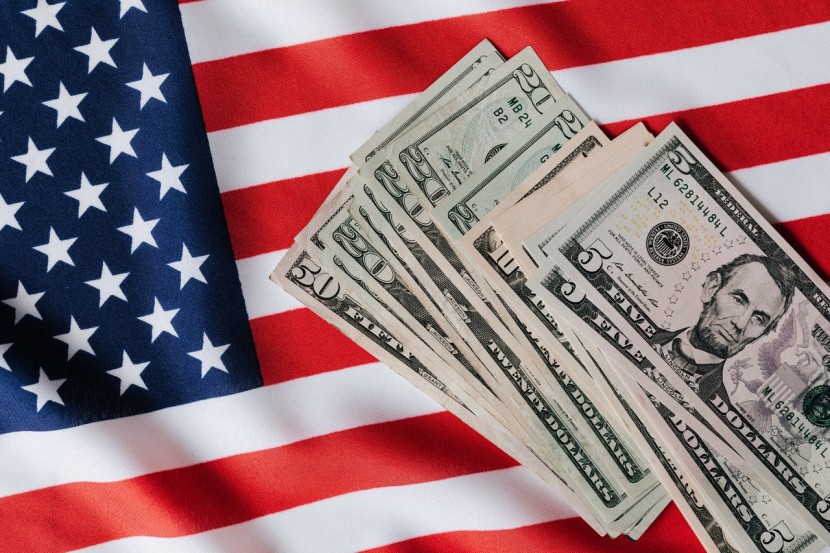As part of the American Rescue Plan economic assistance package, states were given federal money to pay "retention bonuses" to select workers. The distribution has already begun.

Who Will Receive the Retention Bonuses?
In a recently published article in Yahoo Finance, in March, the Department of Education announced that each state education agency will receive $122 billion in relief funding for K-12 schools. The extraordinary money was given to states so that they could finance health and safety measures in accordance with CDC recommendations, resolve teaching and learning disruptions caused by the pandemic, and get kids back in the classroom promptly and securely.
Georgia, for example, chose to spend $230.5 million of its federal school funds on one-time incentives for public school workers. Teachers, aides, bus drivers, and other K-12 staff employees will get a $1,000 bonus, according to the state education board. The monies, which have already been paid to qualified employees, were obtained in part via ARPA school financing.
Bonuses of this kind are also being authorized in other states. Teachers and administrators in public schools in neighboring Florida will get $1,000 one-time incentives. The funds come from an education assistance fund established by the American Rescue Plan Act and will be paid to eligible employees in August, according to a published article in Forbes.
Bonuses are not usually paid out of money set aside for school reopenings and other operational expenses. Funds sent to states as part of the relief packages have fewer limitations, and some governments are opting to distribute them to frontline employees such as teachers and first responders.
Why Will Teachers and Other Essential Workers Receive $1,000 Bonuses?
One of the projects the money may be used for, according to the Education Department, is preventing catastrophic layoffs by employing more educators to address learning loss and giving assistance to current employees. School districts have taken use of some of the money to keep instructors they currently have on staff instead of having them leave in the face of a return to in-person school courses.
After the pandemic, districts in Tennessee, Texas, California, and Georgia authorized four-figure incentives in an effort to fend off teacher resignations and improve staff morale, according to a recently published article in Go Banking Rates.
How Will the Extra Bonus Help the Frontline Workers During the Pandemic?
Last year, approximately 70,000 individuals in Oregon who lost their employment as a result of the pandemic were given $500 payments. People who had outstanding unemployment claims were eligible for the one-time payment, which was distributed on a first-come, first-served basis to those who were prepared to wait in line to collect their money in person. The program was financed by $35 million from the CARES Act, which was given to the state.
The $250 million funds established from an ARPA allocated to the state helped the essential workers, certain critical employees in Minnesota are set to earn bonuses. Workers, on the other hand, will not know who qualifies until later this year. Check your state or city's COVID-19 resources online to see whether you are qualified for a bonus payment. Moreover, if you work for state or local government, you may be eligible for any relevant bonus automatically.








